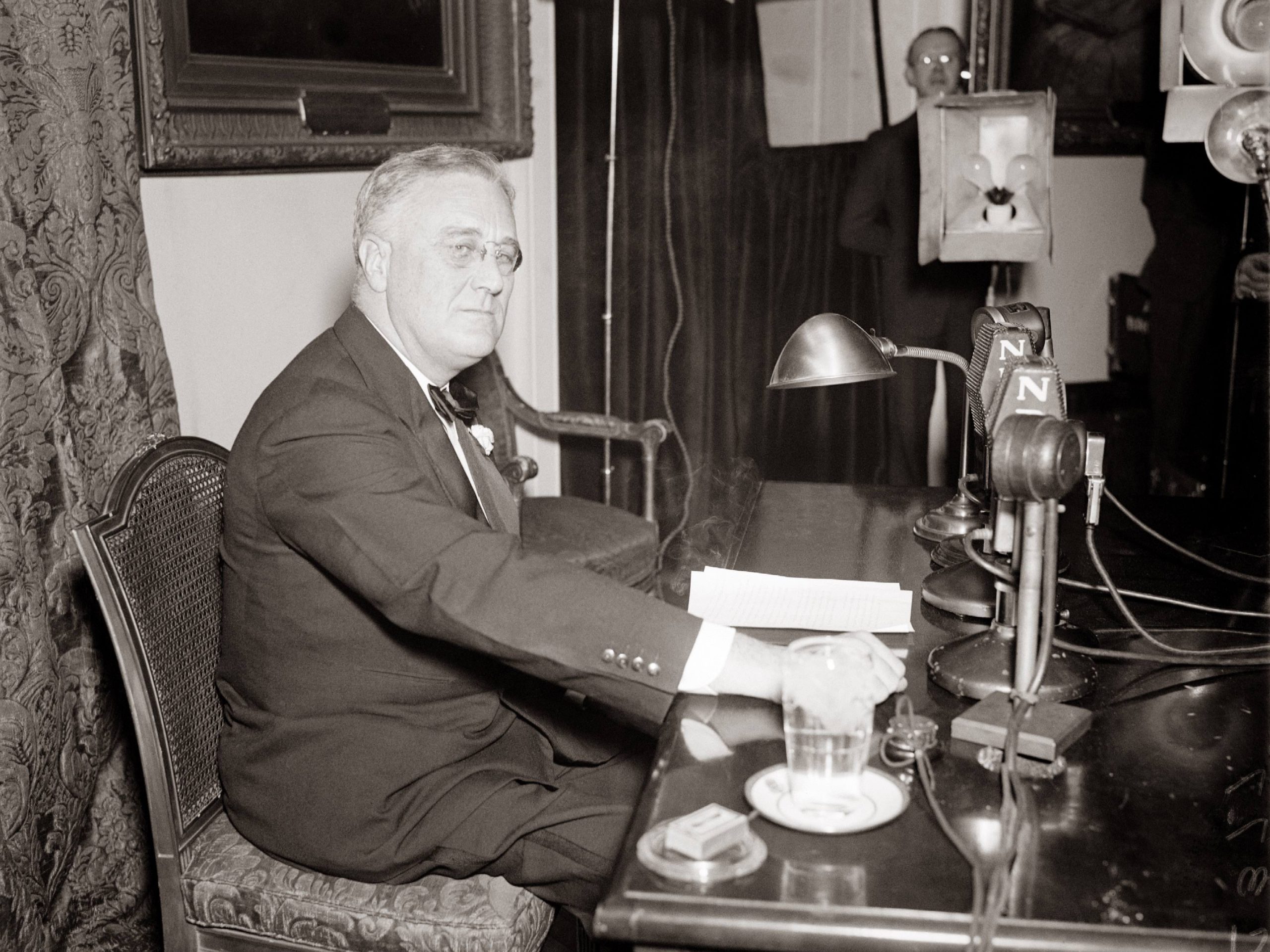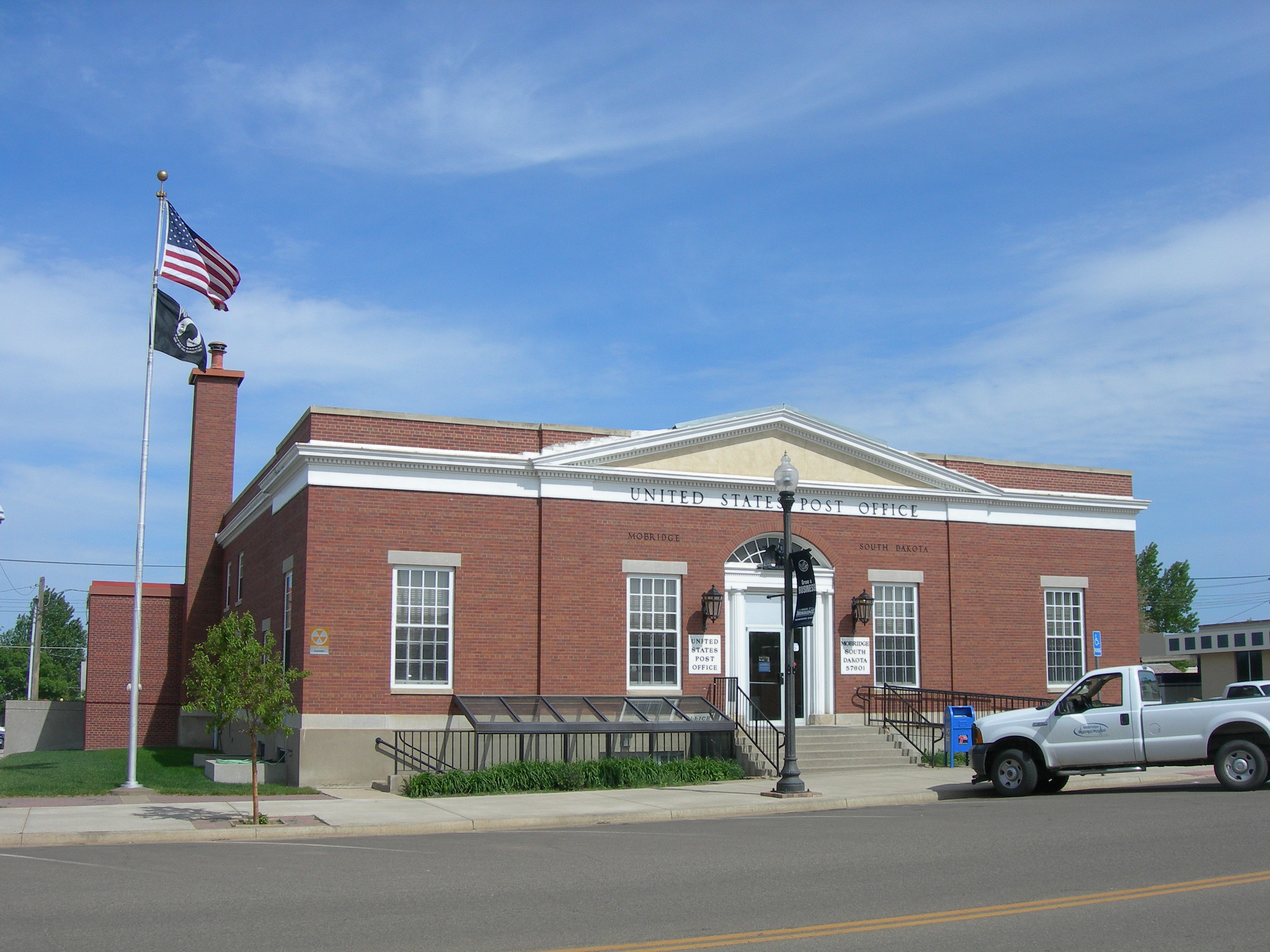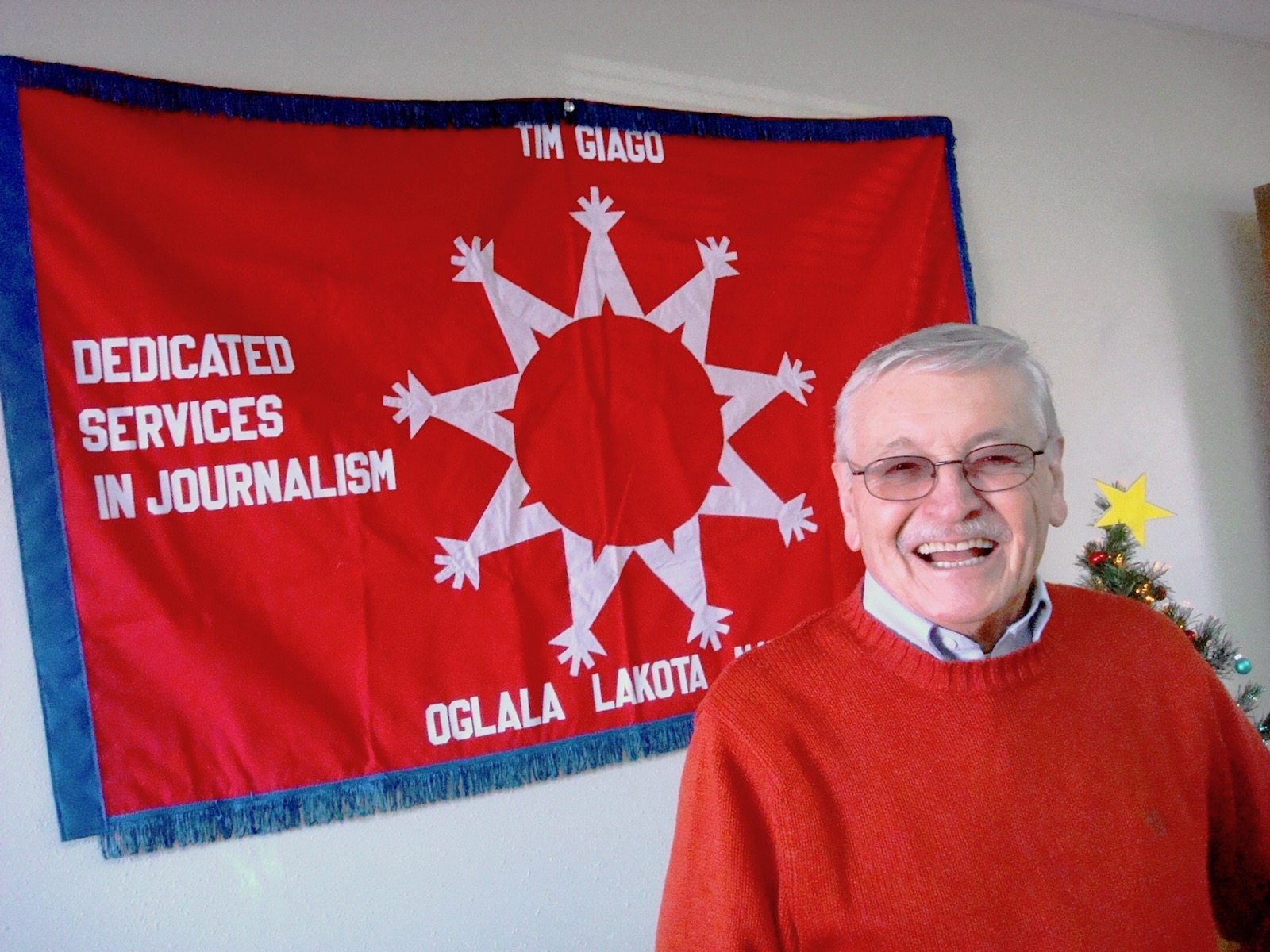Indianz.Com > News > Tim Giago: What political party did most Native Americans choose and why?

Notes from Indian Country
What political party did most Native Americans choose and why?
Monday, September 28, 2020
The Great Depression of the 1930s hit Indian reservations particularly hard. Tribes were already struggling to survive under all of the new laws and restrictions placed upon them by the United States Government heading into the depression.
The reservation system was in its formative years and the government and the Indian tribes were adjusting to the rapid changes impacting the lives of thousands of Native Americans. Indians did not become United States citizens with the right to vote or run for public office until 1924, just a few years heading into the Great Depression.
President Franklin Delano Roosevelt introduced the CCC (Civilian Conservation Corps) and the WPA (Works Progress Administration) in order to create jobs and to get America back on its feet.


Tim Giago (Oglala Lakota) has been a newspaper publisher for 40 years and was the founder of the Native American Journalists Association. Contact him at najournalist1@gmail.com.
Search
Filed Under
Tags
More Headlines
Native Hawaiian performer Kalani Peʻa wins fourth Grammy for album dedicated to matriarchs
Department of Defense cancels National Native American Heritage Month
Chuck Hoskin: Cherokee Nation signs first disaster management agreement in Indian Country
DVIDS: Umatilla Tribes sign fish passage agreement
Native America Calling: Balancing economic safety and development for payday loan businesses on tribal land
‘Nothing’s changed. Nothing’s gotten better’: President Trump’s nominee takes on Indian health
Native America Calling: A Mohawk chef on TV and a Native foods cookbook
Cronkite News: Arizona governor promises $7 million for NAGPRA work
Indian Country still on high alert over President Trump’s freeze on federal funding
Native America Calling: Federal funds under fire from President Donald Trump
Native America Calling: Native youth building the foundation for future leadership
‘A step in the wrong direction’: President Trump’s funding freeze shakes up Indian Country
Native America Calling: From road access to ICE immigration raids, tribes are asserting sovereignty
President Trump’s ‘love’ for Lumbee Tribe only goes so far in fight for federal recognition
NAFOA: 5 Things You Need to Know this Week (January 27, 2025)
More Headlines
Department of Defense cancels National Native American Heritage Month
Chuck Hoskin: Cherokee Nation signs first disaster management agreement in Indian Country
DVIDS: Umatilla Tribes sign fish passage agreement
Native America Calling: Balancing economic safety and development for payday loan businesses on tribal land
‘Nothing’s changed. Nothing’s gotten better’: President Trump’s nominee takes on Indian health
Native America Calling: A Mohawk chef on TV and a Native foods cookbook
Cronkite News: Arizona governor promises $7 million for NAGPRA work
Indian Country still on high alert over President Trump’s freeze on federal funding
Native America Calling: Federal funds under fire from President Donald Trump
Native America Calling: Native youth building the foundation for future leadership
‘A step in the wrong direction’: President Trump’s funding freeze shakes up Indian Country
Native America Calling: From road access to ICE immigration raids, tribes are asserting sovereignty
President Trump’s ‘love’ for Lumbee Tribe only goes so far in fight for federal recognition
NAFOA: 5 Things You Need to Know this Week (January 27, 2025)
More Headlines